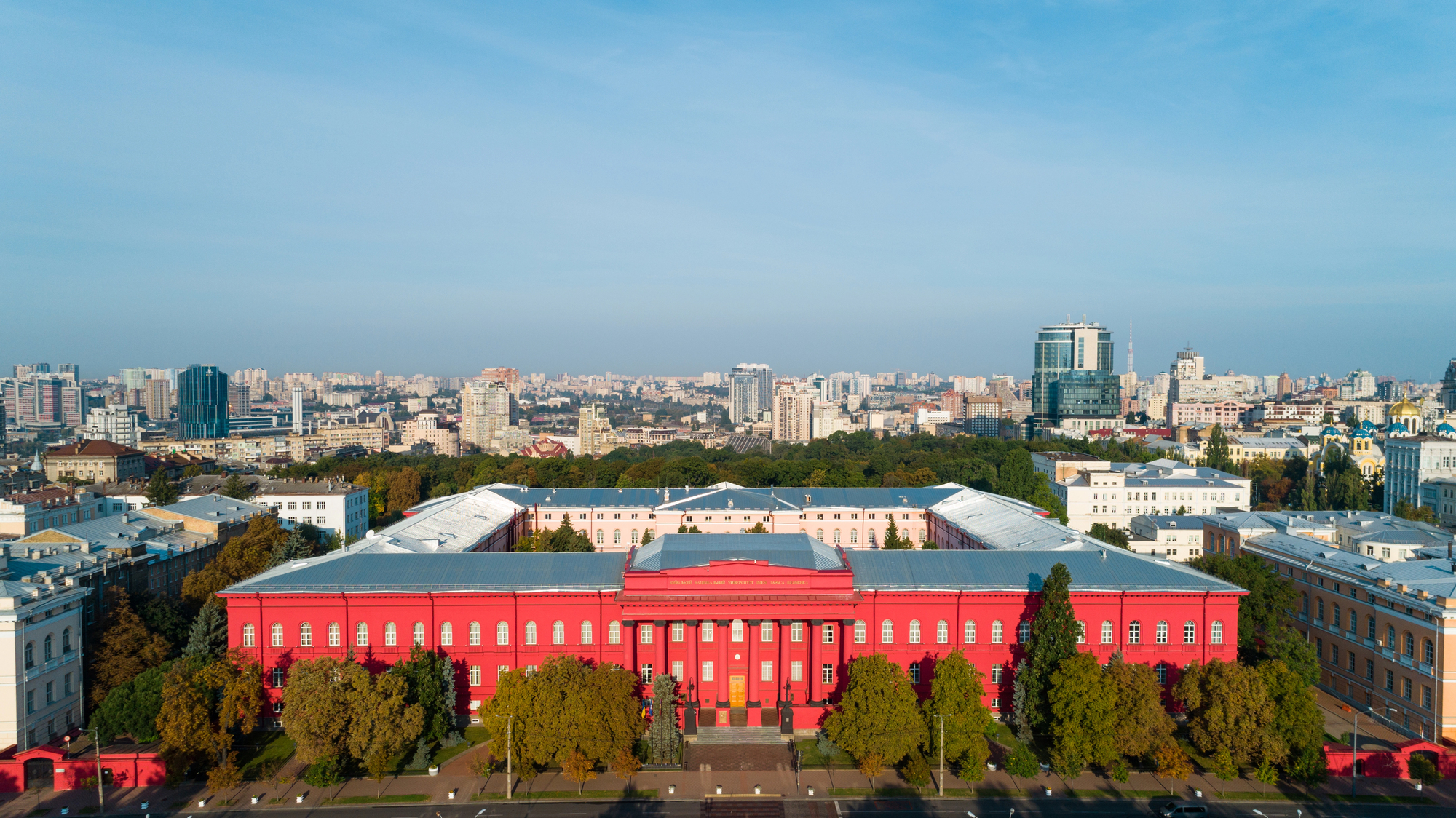A new research shows that people who believe in conspiracy theories are also overly optimistic: they evaluate their chances to get infected during the pandemic as very low and thus do not adhere to recommended safety measures.
Glass half full
Some people tend to estimate their own susceptibility for an adverse event lower than the susceptibility of others. While the COVID-19 pandemic was established to be an objective risk to public health, there have been many people virtually in all countries on the Globe reluctant to wear masks or to avoid public events. They have been deliberately neglecting health protocols of the WHO and the locally-imposed mitigation measures.
Why were so many people negligent? In order to address this question, our international group of scholars conducted a study in Turkey, Ukraine, and Germany at the early stage of the pandemic.
In all three cultural contexts under investigation, we found that there were two powerful mechanisms pertaining to what social psychologists call “optimistically biased risk perception”. The one form of the pandemic optimism relates to the individual risk perception, that is one’s appraisal of their chance of not becoming infected with COVID-19. The other precarious mechanism that we found to affect individuals’ risky health behaviours relates to public risk metaperceptions, that is, individuals’ perception that others view the severity of the coronavirus to be overly exaggerated.
The tendency of people to have these optimistically biased risk perceptions has a scientific explanation.
Our research shows that people’s optimistically biased perceptions of risk posed by the current pandemic were grounded in both their conspiracy beliefs about the origin of the SARS-CoV-2 virus and their distrust of epidemiological science.
Conspiracy theories -> Optimistically biased risk perceptions -> Risky behavior
How did we run our study?
When scholars suggest theories and hypotheses, they also test their ideas against reality. In May-June 2020, we used convenience sampling to administer an online survey in Ukraine (390 respondents), Turkey (290 respondents), and Germany (408 respondents). These surveys contained validated measures of conspiracy theories endorsement, trust in science, optimistically biased risk perceptions, intentions to engage in public gatherings and willingness to avoid people.
First, we presented our participants with various beliefs about the origin of the coronavirus (e.g., “The coronavirus might be a biological weapon”; “The coronavirus was created by Bill Gates to sell more vaccines”) and asked to what extent they personally endorse each of them.
We adopted validated measures to assess the extent to which participants endorsed diverse conspiracy theories related to the COVID-19 outbreak (1 = completely disagree, 5 = completely agree).
- The coronavirus is of unnatural origin, created artificially in the laboratory
- The coronavirus was started by an experiment that went out of control
- The coronavirus might be a biological weapon
- The coronavirus is an agent of genocide produced artificially in a lab
- The coronavirus was created by China to destroy the West’s Economies
- The coronavirus is a myth deliberately spread to influence societies
- The coronavirus was created to destroy China’s economy
- The coronavirus was created by Bill Gates to sell more vaccines
We also asked respondents in all the three countries to indicate the extent to which they “trusted the recommendations of scientists (e.g., epidemiologists, virologists) regarding slowing down the spread of the coronavirus”. After that, we asked participants to indicate to what extent most people around them were overestimating the coronavirus risks and whether they were personally facing a particular risk of being infected with the COVID19. Finally, participants had to rate four statements through which we measured their tendency to engage in preventive health behaviour in the context of the pandemic (e.g., “Avoiding meeting up with friends,” “Avoiding gatherings of large groups of people,” ).
Preventive physical distancing
We asked participants, in case quarantine measures were still recommended by governmental authorities, how willing they would be to adopt preventive physical behaviours (1 = not at all willing, 5 = extremely willing). Participants were asked to rate four items: “Avoiding meeting up with friends,” “Avoiding shaking hands with people that I normally shake hands with,” “Avoiding gatherings of large groups of people,” and “Restricting visitors to your home.”
Attending public gatherings
We asked participants, in case quarantine measures were still recommended by governmental authorities, how willing they would be to attend mass public gatherings (1 = not at all willing, 5 = completely willing): “Attending a mass community gathering that is important to you” and “Attending a public event with many people that is important to you.”
Statistical analysis (in particular, structural equation models) revealed there were significant linear associations between all these variables. Furthermore, in order to address the replication crisis in social psychology and also compare different cultural and socio-economic environments, we aimed to collect data simultaneously in several countries.
Our theoretical model is visualized in Figure 1. We compared the influence of both “individual” (what I think about risks for myself) and “public” (what I think that other people think about their risks) optimistically biased risk perceptions.
Figure 1. Theoretical model of how conspiracy theories influence risky behaviour via risk perception.

Note: rectangles present one variable (answers to one question), ovals – index calculated from several variables
What did the study show?
Our data and statistical models show several patterns:
Direct effects of conspiracy theories. As expected, conspiracy beliefs were found to be highly negatively correlated with trust in science in all countries. They were also highly positively correlated with the increased scepticism to physical distancing in all countries.
What does this mean? Shortly, people who believe in conspiracies are also likely to distrust science and vice versa. Contemporary conspiracy theories attack rational and scientific worldviews and endanger public health.
Indirect influence (conspiracy -> optimist bias -> risky behavior). In Ukraine, conspiracy beliefs were found to predict risky health behaviours through “individual risk” optimistic bias, whereas in Germany and Turkey the indirect paths were explained by “public risk” optimistic bias.
What does it mean? Shortly, the influence of conspiracies is not only direct but also indirect. It means that conspiracy theories fuel irrational optimism. When people believe in conspiracies, they also “activate” confidence that their own susceptibility for a disease is lower than the susceptibility of others. Then, this bias makes people ignore health protocols.This also means that in some countries conspiracies respond to individual-oriented concerns, while in others they respond to collective-oriented concerns. Apparently, in Ukraine, conspiracy theories exacerbated optimism at the individual level (“I see no particular risk in being infected with the coronavirus”), while in Germany and Turkey conspiracies exacerbated optimism about the public (“Most people around me are overestimating the coronavirus risks”).
OK, conspiracies are bad. What about distrust in science? Interestingly, it was only in Germany that distrust in science had direct and indirect influence on risky behavior. In contrast, in Ukraine and Turkey the effect was only direct, not “activating” the role of optimistic bias.
What does it mean? Shortly, the influence of distrust in science was only direct. When people did not trust science they all were equal in disliking preventive health measures, regardless of their level of optimism bias. This means that distrust of science and conspiracies are different even though they are alike. The difference is that they work through different mechanisms. Distrust of science is rude and direct. If a person does not trust science – this person does not trust scientific advice. Plain and simple. However, if a person believes in conspiracy, then conspiracy theories “calm” this person. So they won’t be afraid of risky gatherings or risky social distancing because they wouldn’t think of them as risky.
What about cross-cultural differences? Interestingly, our models showed that the Ukrainian respondents have different understandings of conspiracy theories than respondents in Turkey and Germany. It was only Ukraine, where respondents distinguished between the “bio weapon conspiracy” and “disease for profit conspiracy”. In two other countries, respondents blended these two in one big conspiracy.
What does it mean? Shortly, cultural differences matter. People in different countries are triggered by different conspiracies. In Ukraine, respondents distinguished different shades of conspiracies: some people believed that the government (or business) secretly created coronavirus as a weapon or a device to control population; others believed that coronavirus was created on purpose to profit from selling vaccines. This means that different conspiracies respond to peoples’ past experiences and popular narratives (which are not the same around the Globe). Ukrainians experienced Chernobyl and it is not a shocking surprise that they do not trust governments when it comes to large scale scientific programs. In terms of policy to battle conspiracies, one cannot develop one universal pill. It has to be tailored to local cultural context.
Conclusions
What is the simple takeaway message from our study? Our models confirmed that there was a two-step model of how conspiracy theories influenced intentions to engage in public risk behaviour. Not only believing in conspiracy theories increases the support of public gatherings directly, they also have an indirect influence by “activating” the dangerously optimistic estimations of one’s risks to fail victim to the highly contagious disease.
In terms of policies, the current study points to two major messages. First, people should be encouraged to detect misinformation and learn to recognize the “manipulativeness” of certain commonly upheld societal beliefs. Conspiracy theories usually see some powerful protagonist “hiding” behind with nefarious intents – Big Pharma, Zionists, and “New World Order,” etc. – and make people believe they are marionettes in the hands of global evil.
Second and related, the science of trust is also crucial. Our study among others shows that trusting in science makes people more sceptical to conspiracy beliefs. Therefore, it is important to implement national mass-scale educational campaigns and awareness raising whether every salient piece of misinformation is reliably debunked with scientific knowledge.
To this end, fact checking projects play a crucial role.We might not cancel conspiracies as a phenomenon, but it is possible to motivate people to become more careful in consuming big portions of unchecked information and more careful when estimating the risks posed by pandemics as the current one.
Methodological appendix
We asked all questions using a scale from 1 = completely disagree to 5 = completely agree.
- Coronavirus conspiracy beliefs were measured using multiple items (e.g., “The coronavirus might be a biological weapon”, “The coronavirus is a myth deliberately spread to influence societies”, “The coronavirus was created by Bill Gates to sell more vaccines”).
- Trust in epidemiological science. was measured using a single item “trusted the recommendations of scientists (e.g.,epidemiologists, virologists) regarding slowing down the spread of the coronavirus”.
- Public risk metaperception. “Most people around me are overestimating the coronavirus risks”
- Individual risk perception. “I see no particular risk in being infected with the corona- virus”
- Preventive physical distancing. We asked participants, in case quarantine measures were still recommended by governmental authorities, how willing they would be to adopt preventive physical behaviours (e.g., “Avoiding meeting up with friends,” “Avoiding shaking hands with people that I normally shake hand with,” “Avoiding gatherings of large groups of people,” and “Restricting visitors to your home”)
- Attending public gatherings. We asked participants, in case quarantine measures were still recommended by governmental authorities, how willing they would be to attend mass public gatherings (e.g., “Attending a mass community gathering that is important to you” and “Attending a public event with many people that is important to you”).
Attention
The authors do not work for, consult to, own shares in or receive funding from any company or organization that would benefit from this article, and have no relevant affiliations




